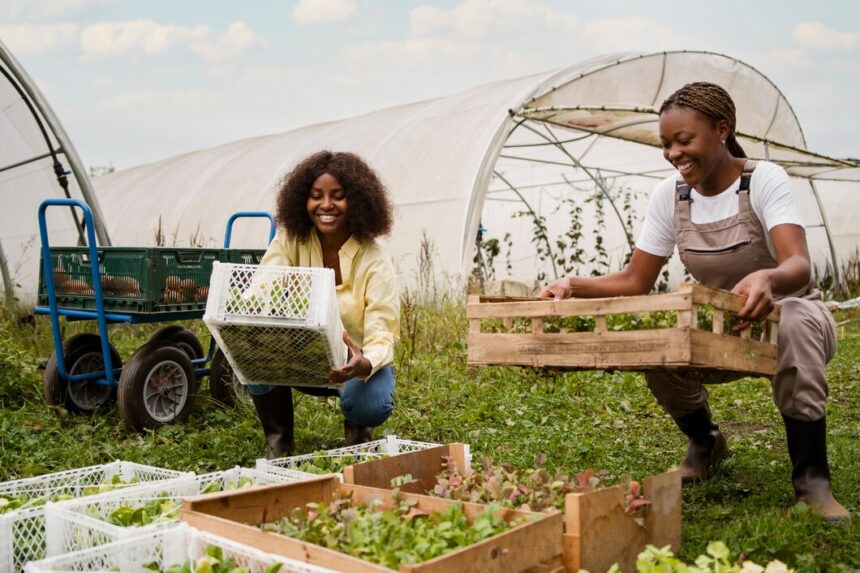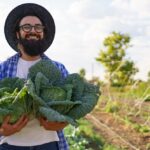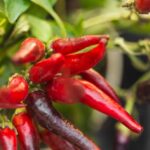In the age of environmental awareness, sustainable farming has emerged as a beacon of responsible agriculture. The sustainable farmer is not only concerned with yield but also with the health of the land, biodiversity, and the well-being of future generations. Here is a comprehensive guide to adopting eco-friendly practices for a greener and more sustainable harvest.
1. Organic Farming: Nurturing Soil Health Naturally
Embrace organic farming practices that prioritize the use of natural inputs and eschew synthetic pesticides and fertilizers. Organic farming fosters soil health, reduces chemical runoff, and promotes a balanced ecosystem. The use of compost, cover crops, and crop rotation helps maintain soil fertility without harming the environment.
2. Conservation Tillage: Preserving Soil Structure and Minimizing Erosion
Implement conservation tillage techniques to minimize soil disturbance. This practice helps preserve soil structure, reduce erosion, and improve water retention. By disturbing the soil less, conservation tillage contributes to increased carbon sequestration, fostering a healthier and more sustainable farming ecosystem.
3. Agroforestry: Integrating Trees for Biodiversity and Resilience
Explore the benefits of agroforestry by integrating trees into farming systems. Planting trees alongside crops enhances biodiversity, provides shade, and contributes to improved soil health. Agroforestry practices create a resilient and dynamic agricultural environment that benefits both the farmer and the ecosystem.
4. Water Conservation: Implementing Efficient Irrigation Techniques
Adopt water-efficient irrigation methods to minimize water usage and waste. Drip irrigation, rainwater harvesting, and soil moisture monitoring are effective ways to optimize water resources. Sustainable water management not only conserves this vital resource but also contributes to energy savings on the farm.
5. Crop Diversity: Building Resistance and Reducing Dependency
Cultivate a diverse range of crops to create a resilient and balanced ecosystem. Diversification helps control pests naturally, improves soil health through varied root structures, and reduces the risk associated with relying solely on monoculture. Crop diversity is a cornerstone of sustainable farming practices.
6. Integrated Pest Management (IPM): Balancing Ecology and Crop Health
Implement Integrated Pest Management strategies that prioritize natural pest control methods. Encourage beneficial insects, employ companion planting techniques, and use biological control agents to manage pests without resorting to chemical interventions. IPM maintains the ecological balance and reduces the impact on non-target species.
7. Cover Cropping: Regenerating Soil and Reducing Erosion
Utilize cover crops during periods of fallow to protect and regenerate the soil. Cover crops prevent erosion, suppress weeds, and add organic matter to the soil when incorporated. This sustainable practice enhances soil fertility, structure, and overall health.
8. Renewable Energy: Harnessing Clean Power for Farm Operations
Integrate renewable energy sources such as solar panels and wind turbines into your farm. Harvesting clean energy not only reduces the environmental footprint of the farm but also contributes to a more sustainable and resilient energy model for agriculture.
9. Bee-Friendly Farming: Supporting Pollinators and Biodiversity
Create a bee-friendly environment by avoiding harmful pesticides and providing flowering plants for pollinators. Bees play a crucial role in pollination, contributing to the success of many crops. Supporting pollinators enhances biodiversity and fosters a healthier ecosystem.
10. Sustainable Livestock Practices: Prioritizing Animal Welfare and Efficiency
If raising livestock, practice sustainable and humane animal husbandry. Implement rotational grazing, provide ample space, and prioritize the well-being of the animals. Sustainable livestock practices contribute to healthier animals, reduce environmental impact, and promote ethical farming.
11. Local and Sustainable Markets: Fostering Community Connection
Engage with local and sustainable markets to connect with the community. Selling produce locally reduces the carbon footprint associated with transportation and fosters a sense of community support for sustainable farming practices.
12. Continuous Learning: Staying Informed and Adapting
Stay informed about new sustainable farming practices and technologies. Attend workshops, collaborate with sustainable farming organizations, and connect with fellow farmers to share knowledge and experiences. A commitment to continuous learning ensures that your farm remains at the forefront of sustainability.
The sustainable farmer is a guardian of the land, cultivating not just crops but a legacy of responsible agriculture. By adopting eco-friendly practices, from organic farming to renewable energy integration, farmers can contribute to a greener and more sustainable agricultural landscape. Nurturing the land today ensures a bountiful and harmonious harvest for generations to come.









